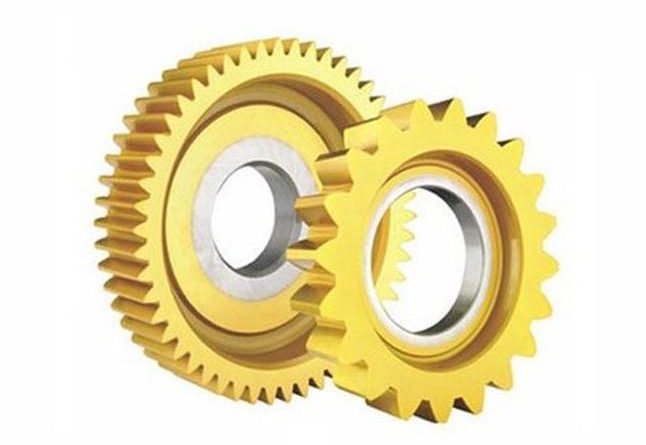Common Ideas to Choose a Gear Type for Gear Cutting
The gear type, production volume, and design tolerance must all be known in order to choose a gear-cutting type. To select the best kind of , these parameters must then be compared to the various varieties. Gear milling was selected for specialized items with limited production volumes. Opt for gear hobbing or honing for extreme precision. Gear broaching was selected for high production, high budget applications, and gear stamping was selected for high production, low price applications.
Selecting the appropriate gear-cutting procedure is essential since every procedure has specific benefits and drawbacks. Gear milling, for instance, is only cost-effective at low production numbers but has a low tool cost since it uses more general equipment. Gear broaching, on the other hand, is only cost-effective for high-production runs since it requires specialized tooling but cuts gears much faster. Achieving the ideal balance between speed and cost can be accomplished by selecting the appropriate gear cutting.
Way of working process:
Gear hobbing involves selecting the appropriate hob for the gear that has to be cut. Different spindles cut different gear tooth sizes and pitches. Adjust the chosen hob to the machine’s tool spindle and the selected gear blank to the work spindle. Then, to cut the teeth either parallel to or at an angle to the axis of the gear blank, determine the angle at which the spindles must intersect.
There is an option to set the speed ratio between the tool spindle and the work spindle after that. The machine drive is activated, and the spindle is brought into contact with the gear blank once the settings have been specified. To make sure the work receives adequate coolant and the cutting speed is appropriate, the operation should be watched closely. For any post-processing, the gear needs to be taken out after cutting.
Uses of Gear Cutting
When producing any of the following parts spur gear, helical gear, and herringbone gear, gear cutting should be utilized. This is due to the fact that gear-cutting techniques offer the quickest and most precise ways to produce gears. Actually, it is easy to cut gear if you have the right tools and some experience. There are hard cuts and easy cuts in any machining process, and the process is always made simpler with expertise. But gear cutting is only sometimes thought of as one of the more difficult machining operations.
Conclusion:
In general, gear cutting is faster and less expensive than grinding when producing gears, so the answer is definitely yes. High precision and excellent surface finishes are produced via grinding. Gear cutting is a more appropriate method for producing gears since, while occasionally necessary, there are other significant issues. Therefore, you have to go with the help of and order the best product. Both production and prototyping needs which offer a comprehensive range of manufacturing capabilities, such as machining and other value-added services. So it becomes simple and more comfortable for the customer to use all cuts effectively.

